The history of Indian coins from the British era to independence tells a unique story of art, power, and transition. Each coin represents an important phase, showcasing changes in design, rulers, and the spirit of the times. For anyone interested in India’s rich past, these coins offer a window into the country’s colonial and freedom struggle years, right up to 1947.
In this article, we will explore eight significant coins issued during British rule, from East India Company pieces to the special commemorative rupees in 1947. With simple explanations and visual comparisons, this guide helps you understand and appreciate these valuable pieces of Indian history.
East India Company Coins: The Beginning of Modern Indian Currency
The East India Company was the first to introduce standardized coins in India around the 18th century. These coins usually featured the company’s emblem or a crowned lion. Silver rupees and copper paisa coins were common during this time. These coins symbolized the growing influence of British power in India while maintaining traditional Indian motifs on one side.
Visually, East India Company coins are simple, with clear English inscriptions and symbols like the crown and company initials. Their weight and metal purity set the foundation for future coinage in British India.
Queen Victoria Coins: Marking the British Monarchy in India
After 1858, when the British Crown took control from the East India Company, coins featured the reigning monarch’s portrait. Queen Victoria’s face appeared on silver rupees and other denominations, symbolizing India as part of the British Empire. These coins had English inscriptions and the year of minting under Victoria’s profile.
Compared to earlier East India Company coins, these had a more polished and detailed look, showing British royal symbolism combined with Indian elements like the Devanagari script on the reverse side.
King Edward VII Coins: Transition in the 20th Century
Coins minted during King Edward VII’s reign from 1901 to 1910 reflected new designs with his portrait. Known for a clean and formal look, these coins continued the trend of displaying the British monarch prominently. The silver rupees and half rupees were widely circulated and used across India.
Visually, Edward VII coins are distinct because of the new portrait style – a side profile with the king wearing a crown. The coins also display inscriptions in English, showing India’s ongoing connection with the British Crown.
King George V Coins: The Empire at its Peak
King George V ruled from 1910 to 1936, and his coins are famous for their detailed artistry. His full-face portrait coins were minted during significant historical times, such as World War I. The designs included the king’s image and inscriptions in English, with some denominations showing Hindi or Urdu text.
These coins often carry a heavier metal weight, and their intricate details reveal a matured design style compared to earlier kings’ coins. They reflect the height of British imperial power in India.
King George VI Coins: Wartime and Postwar Issues
King George VI ascended the throne in 1936, during turbulent mid-century times. His coins, minted until India’s independence, featured his profile and traditional Indian symbols like the Ashoka Pillar. These coins circulated widely during World War II and afterward.
Visually, the George VI coins are simpler in design than his predecessor but carry a modern feel with clear inscriptions and well-crafted symbols, showing a blend of British rule and Indian heritage.
The 1943 Indian One Rupee Coin: Wartime Economy
The 1943 one rupee coin is notable for being minted during World War II, when metal shortages affected coin production. This coin featured King George VI’s portrait with a distinct layout, including the “INDIA” inscription and the year. The demand for coins was high, and its silver content made it valuable.
Compared to other coins, the 1943 rupee is slightly heavier, and its wartime minting gives it a special place in history. Its simple yet powerful design reflected the uncertainties of the time.
The 1947 Commemorative Independence Rupee Coin
In 1947, India released a special commemorative one rupee coin celebrating independence. This coin did not feature a British monarch but instead displayed the Ashoka Pillar, symbolizing India’s new freedom and sovereignty. The words “INDIA” and “1947” were prominently shown, making it a treasured piece for collectors and history lovers.
This coin stands out visually because of its modern design and powerful symbolism—marking the end of British rule and the birth of independent India.
Post-Independence Transition: Symbols of a New Nation
Right after independence, coins started reflecting India’s identity rather than colonial ties. The Ashoka Pillar and denomination in Hindi and English became standard features. These coins symbolized hope and progress for the newly formed republic.
They were simpler in design but highly significant in meaning, as they represented the aspirations of a nation moving forward. Collectors often compare these early post-independence coins to British-era pieces to see the visual and ideological shift.
Visual Comparison Summary
From the early East India Company issues to the 1947 commemorative rupees, Indian coins evolved dramatically. Early coins focused on British symbols and monarchs, while later ones incorporated Indian designs and scripts. Weight, metal content, and artistic detailing changed too, reflecting political shifts and technological advances.
Understanding these coins visually helps appreciate how India’s journey from colonial rule to independence was mirrored in its currency. Every coin tells a story—not just of money but of history, power, and identity.

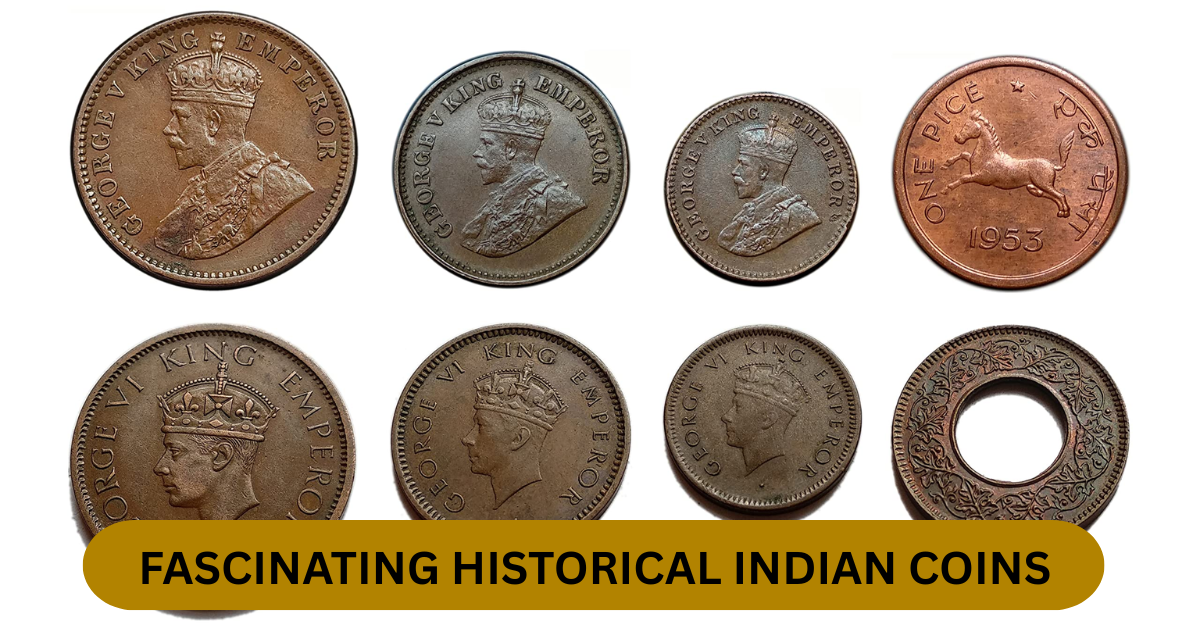
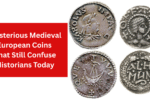
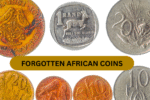

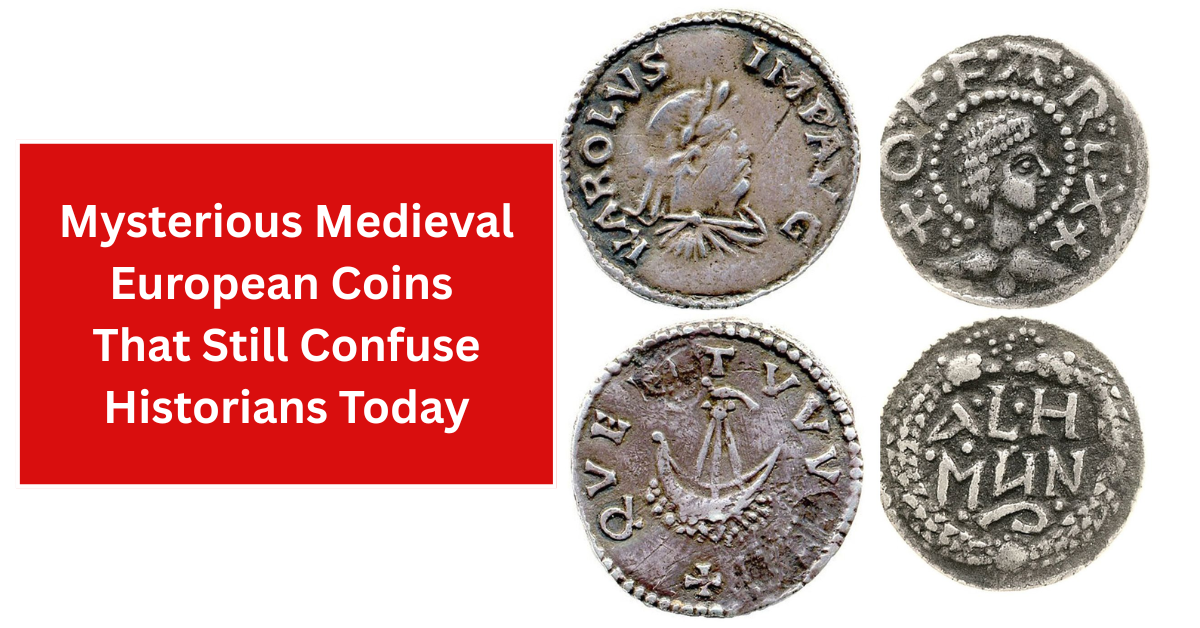
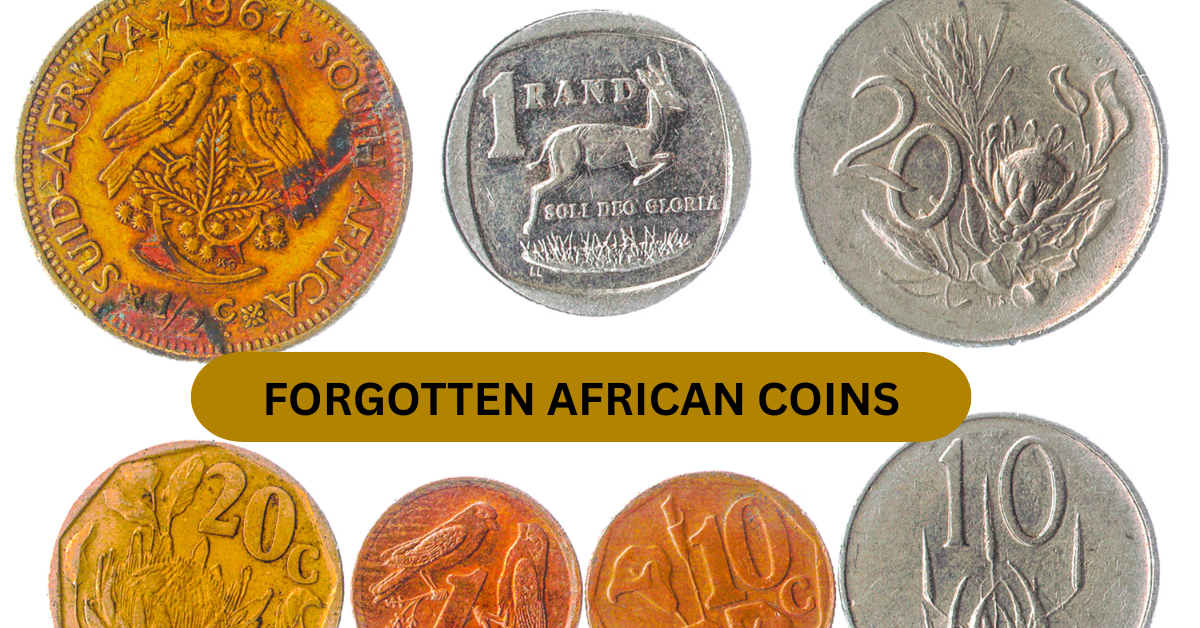
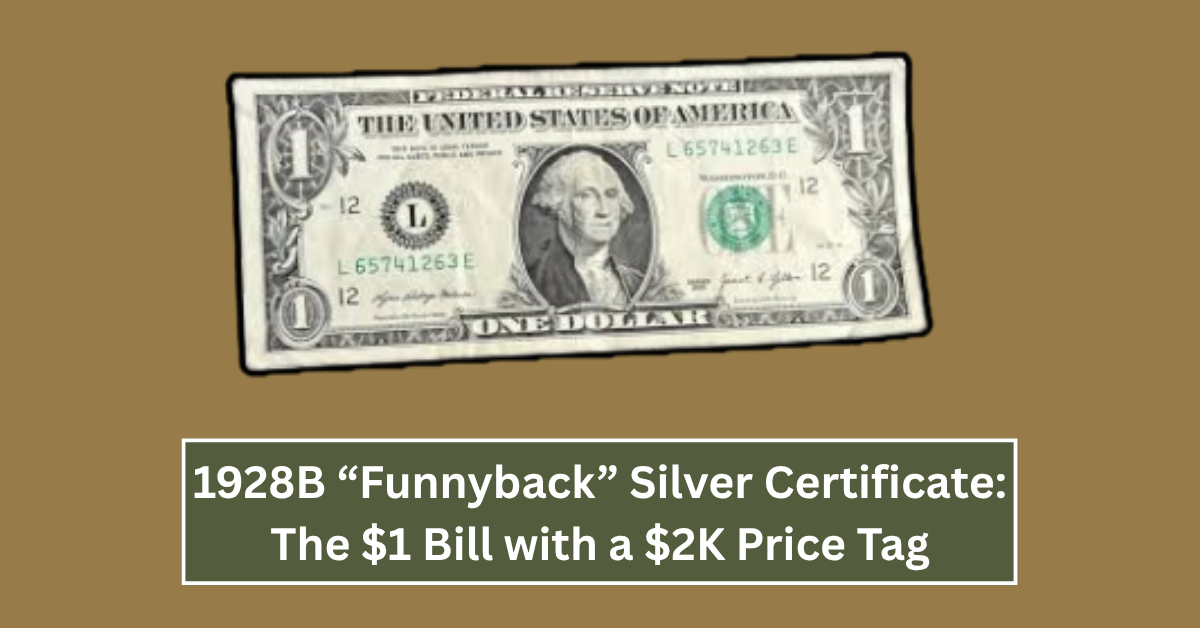
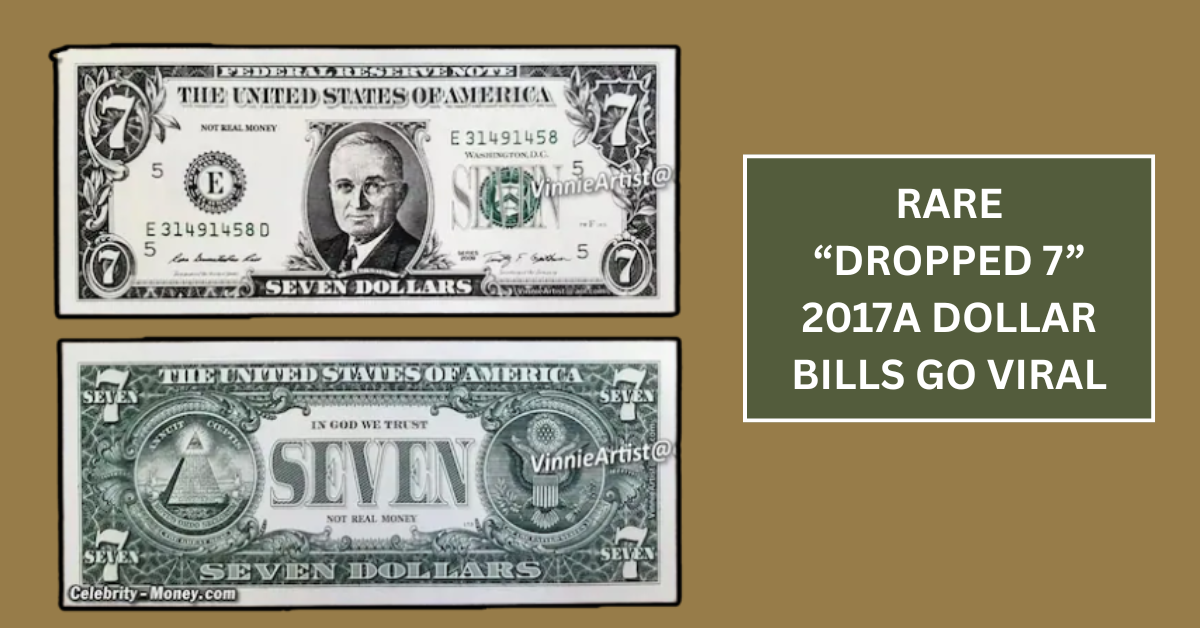
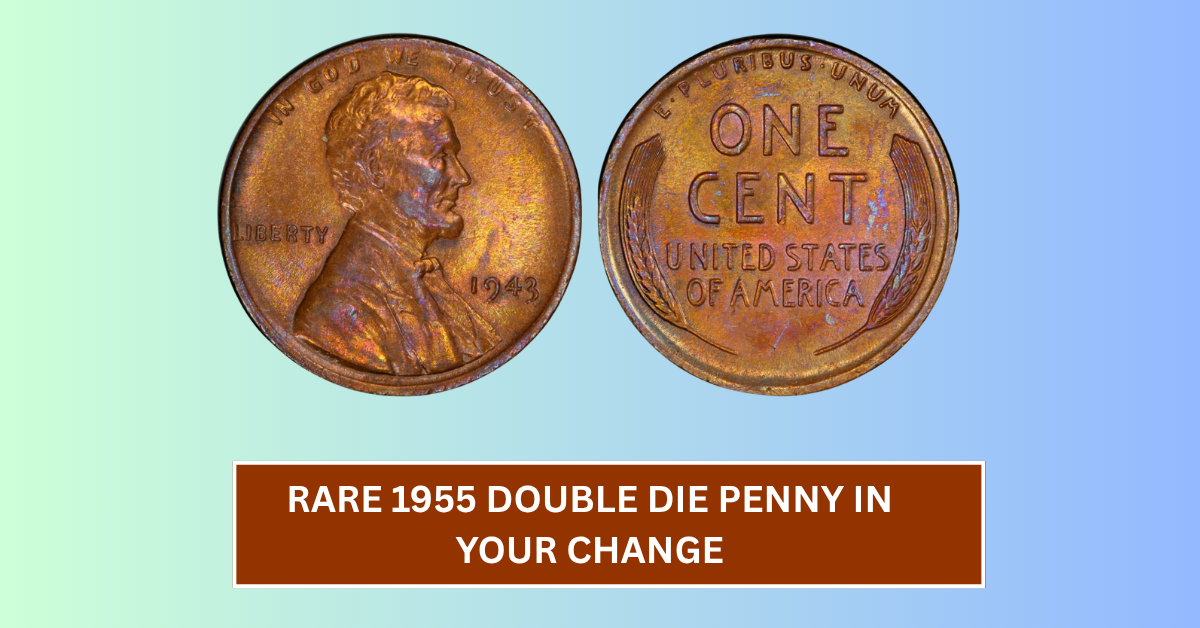
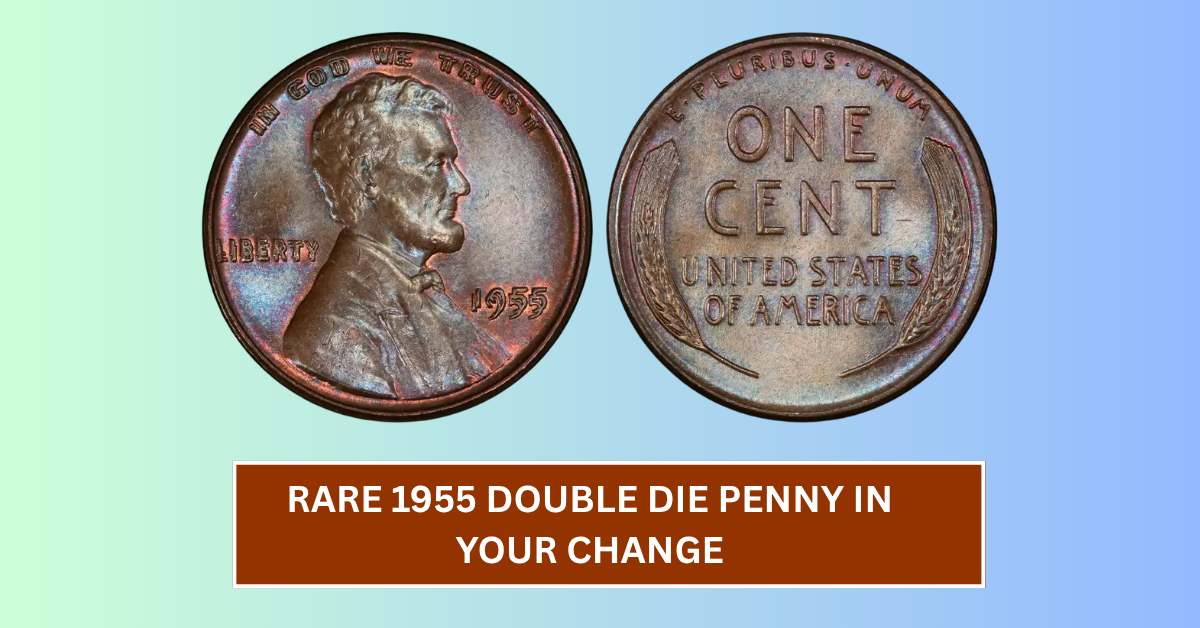
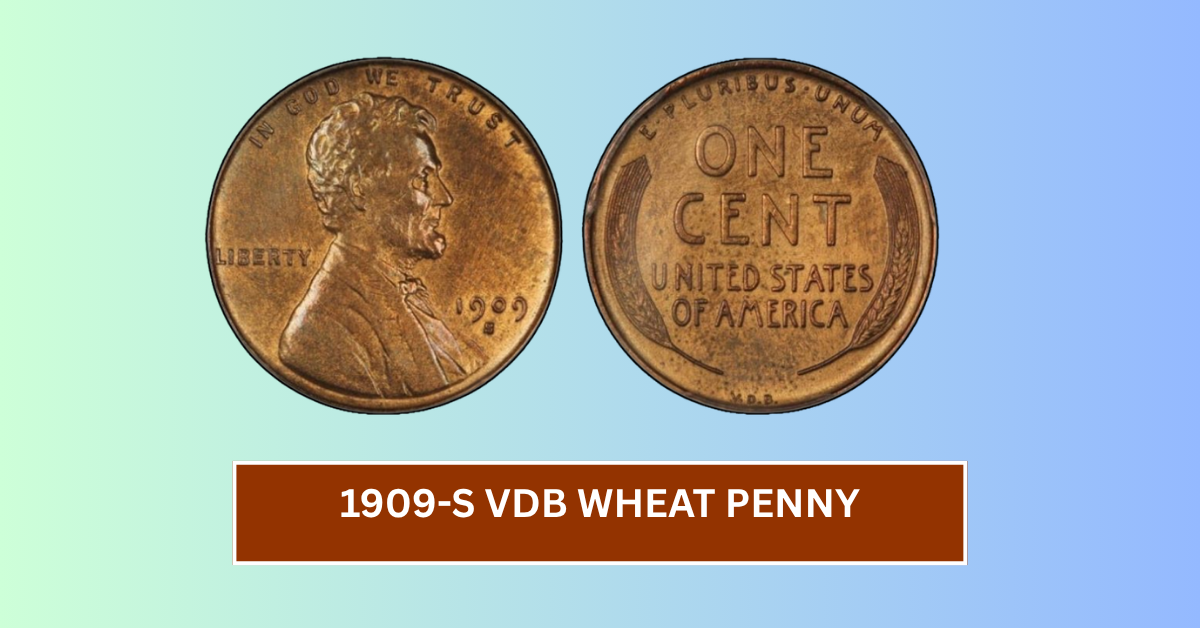
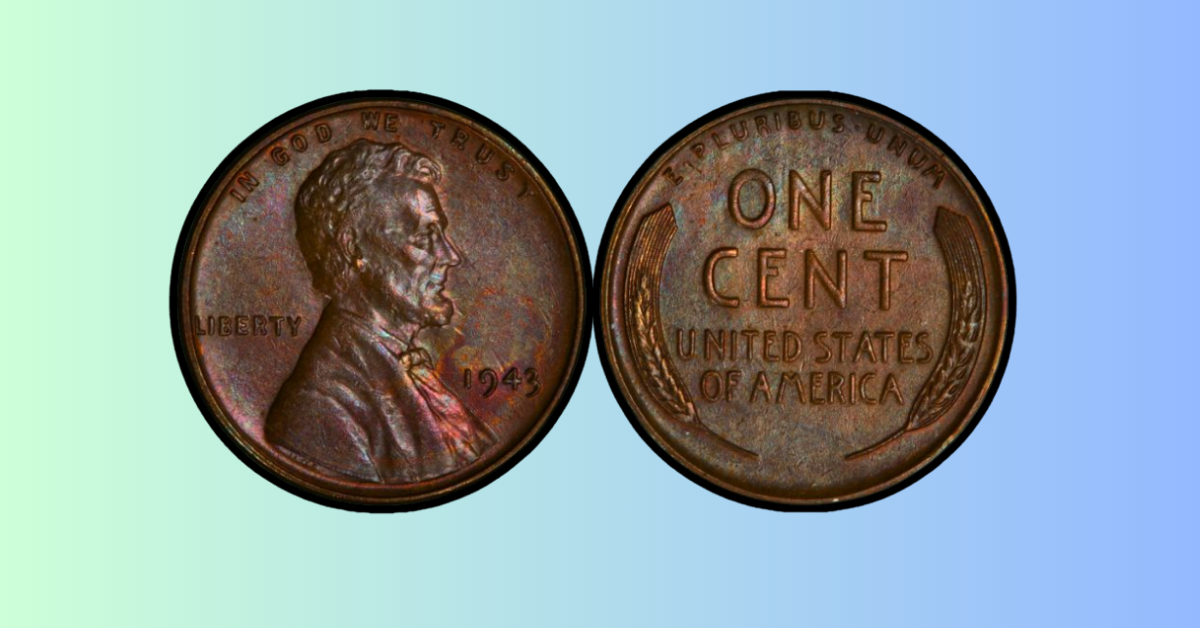
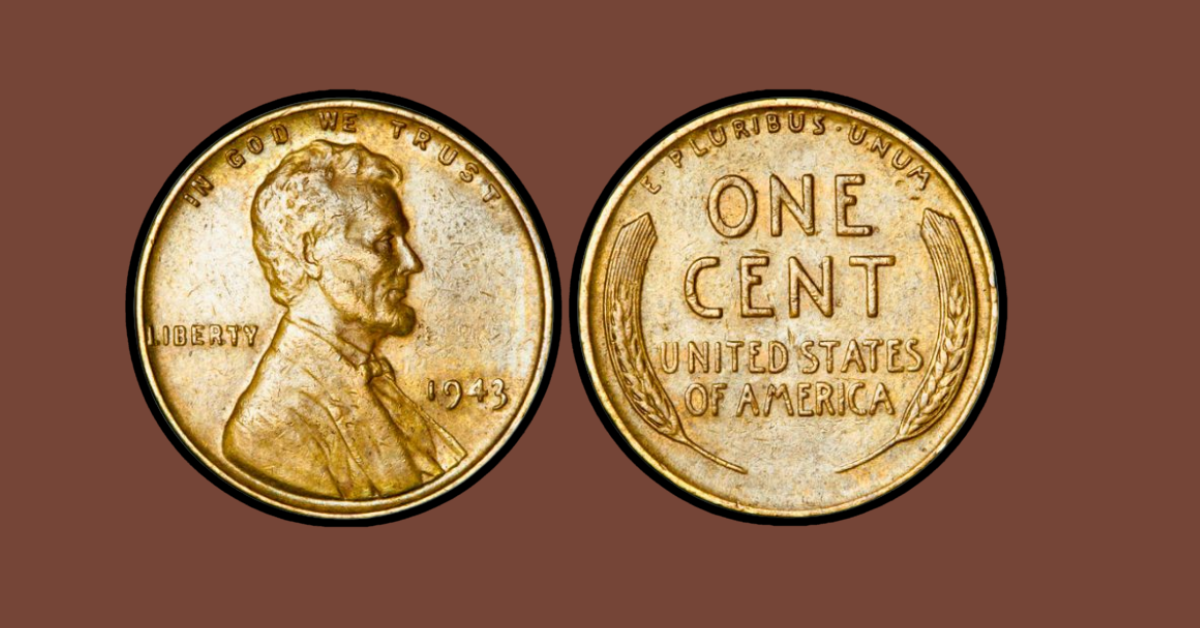
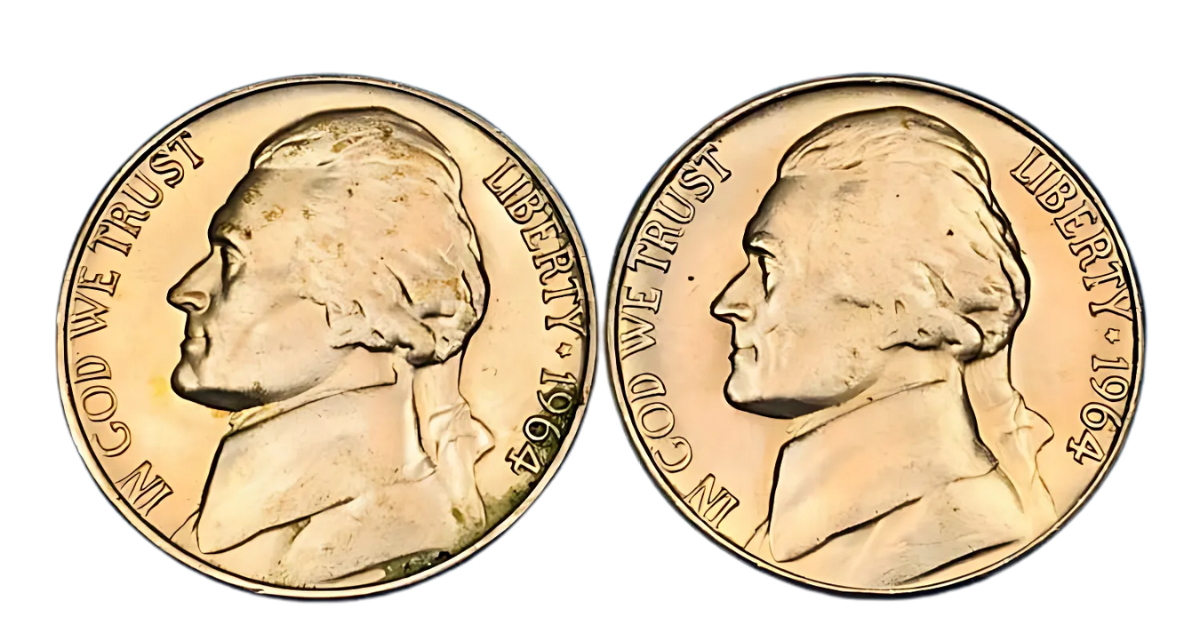




Leave a Reply